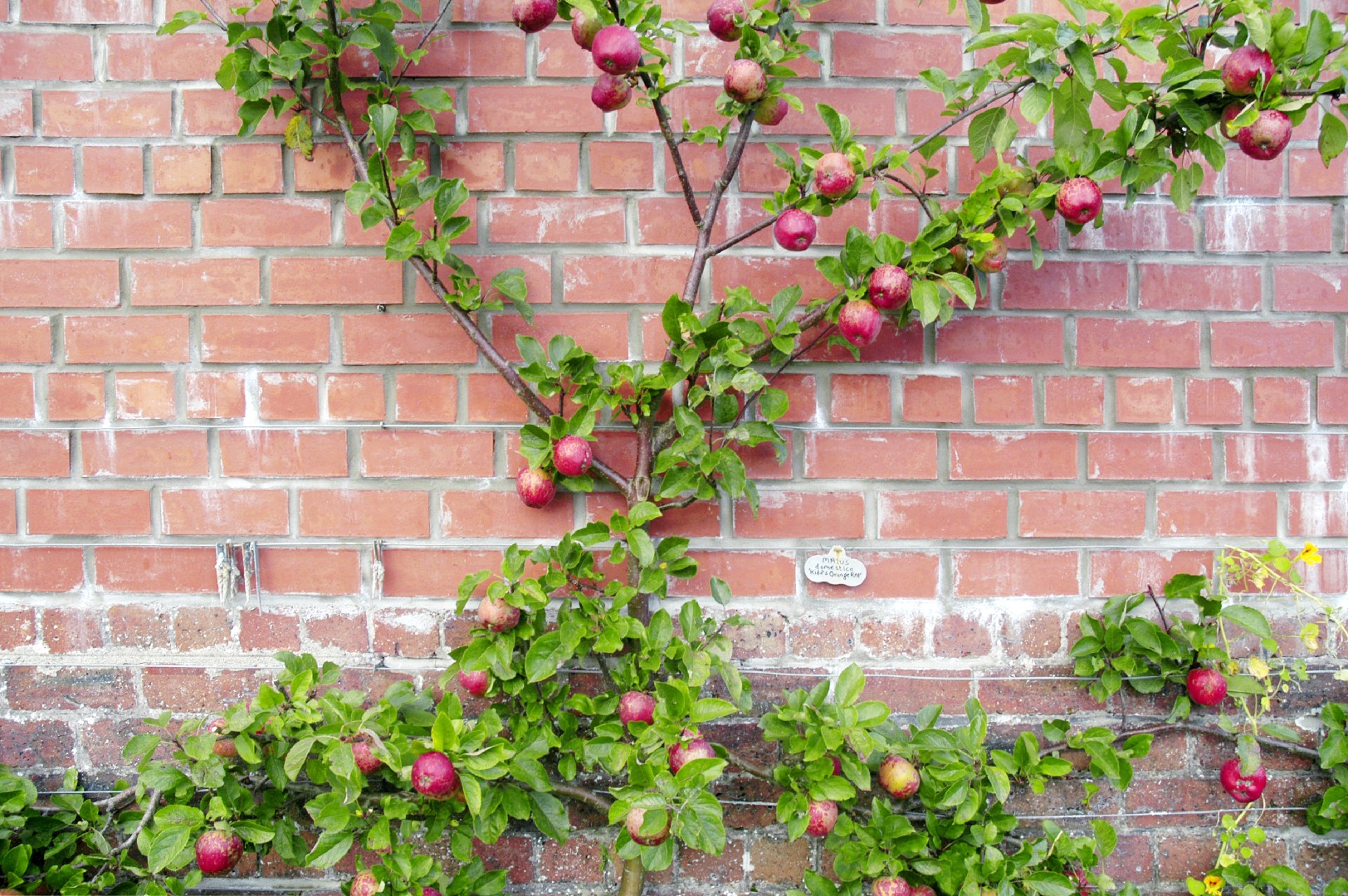![Rectangle]()
Espalier Inspirations: Bringing Concepts to Life
When it comes to training espalier trees, there are endless possibilities for creativity and self-expression. In this section, we will explore some popular and visually-appealing espalier styles, as well as provide case studies of successfully implemented designs in different garden settings. We will also offer advice on how to personalize your own espalier designs based on your garden space and visual preferences.
One of the most common and classic espalier styles is the cordon. This style involves training a tree to grow in a single horizontal line, creating a beautiful, orderly pattern. The cordon style is particularly suitable for small spaces or along the walls of a house or garden fence. By pruning the lateral branches and encouraging upward growth, you can create a striking visual effect that is sure to impress your guests.
Another popular espalier style is the fan. As the name suggests, this style involves training the tree branches to grow in a fan shape. This style works well in open spaces or against a trellis. By carefully pruning the branches and guiding their growth, you can create a stunning focal point in your garden.
If you are looking for a more intricate and ornamental espalier design, the palmette style might be for you. This style involves training the branches to grow in a series of curved patterns, resembling the shape of a palm tree. The palmette style is perfect for larger garden spaces or as a centerpiece in a grand entrance. With careful pruning and attention to detail, you can create a masterpiece that will leave your visitors in awe.
Now, let's delve into some inspiring case studies of successfully implemented espalier designs. One example is a small urban garden that used the cordon style to create a visually-appealing backdrop along the garden fence. By carefully selecting fruit trees with colorful blossoms, the owner was able to transform a small, ordinary garden into a charming sanctuary.
In another case study, a large country estate used the fan style to create a dramatic entrance to their property. By training the branches of large evergreen trees to grow in a fan shape, the owners were able to highlight the beauty of the surrounding landscape and create a sense of grandeur.
When personalizing your own espalier designs, consider the size and shape of your garden space. For small spaces, simple cordon or fan styles can create an elegant and intimate ambiance. For larger spaces, experiment with more intricate designs like the palmette or even combine different espalier styles to create a visually dynamic look.
In conclusion, espalier trees provide a canvas for creativity in the garden. By exploring various styles, studying successful case studies, and personalizing your designs, you can unleash your creative potential and create a garden that is truly unique. So go ahead, grab your pruning shears, and let your imagination soar as you train your own espalier trees.





